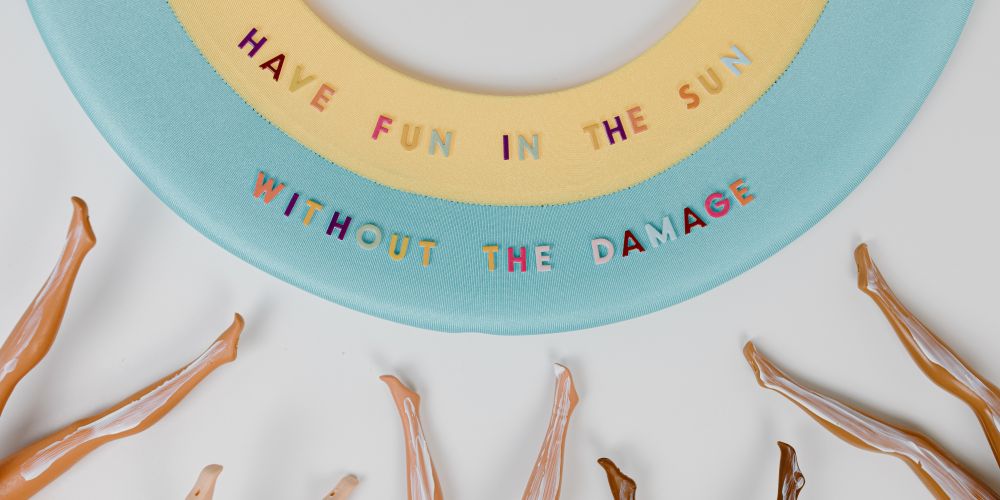June 30, 2021

Summer is officially in full swing, so don't forget to grab a hat and slather on the sunscreen before you go out!
The first thing you want to do is check that the sunscreen you selected provides broad spectrum protection, meaning that it protects against both UVA and UVB rays. Ultraviolet (UV) radiation is a form of non-ionizing radiation that is emitted by the sun (our largest source of natural UV rays!), and other artificial sources such as tanning beds.
UV radiation is classified into three types: Ultraviolet A (UVA), Ultraviolet B (UVB) and Ultraviolet C (UVC). We don't have to worry about UVC radiation because all UVC rays are absorbed by the earth's ozone layer and never reach the earth. The majority of UVB rays are absorbed by the ozone layer, with only 5% reaching the earth. UVB rays can penetrate the outer protective layer of the skin, and are responsible for causing tanning, sunburns, skin cancer and cataracts.
UVA rays are not absorbed by the ozone layer and roughly 95% of UVA rays get through to the surface of the earth. UVA can penetrate deep into the layers of the skin (the dermis) which can cause immediate tanning, premature skin aging, long term skin damage, and plays a role in the development of skin cancers.
Another factor to consider when looking for a sunscreen is whether it is a physical or chemical sunscreen. If you've ever put on a sunscreen that was chalky, difficult to rub on and turned you a nice shade of white, then you're familiar with physical sunscreens.
Physical sunscreens are composed of fine mineral particles - titanium dioxide and zinc oxide commonly being the active ingredients. The minerals are not absorbed into the skin, but rather sit on top of the skin and act as a shield to reflect and absorb UV radiation. The consistency of physical sunscreen is often thicker and whiter than chemical sunscreens, giving the wearer a white cast. With physical sunscreen it is easy to see where it has been applied and which spots have rubbed off.
Chemical sunscreens act like sponges and are absorbed into the skin and work by absorbing UV rays, converting the rays into heat, and then releasing them from the body. The active ingredients in chemical sunscreens can include avobenzone, octinoxate and oxybenzone. It's been noted that chemical sunscreens may cause irritation and redness to sensitive skin due to the influx of heat on the skin.
Always pick a sunscreen with a Sun Protection Factor (SPF) of 30 or more for optimal protection. The SPF rating is a measure of how long a sunscreen will protect you from UVB rays. For example, if you usually burn after 20 minutes in the sun, an SPF 30 sunscreen will protect for about 10 hours. You still need to continue to reapply your sunscreen every 2 hours to be fully protected, as sunscreen can wear off from sweating, swimming, and toweling off.
Finally, don't rely solely on sunscreen to protect against sun damage. Consider wearing a hat with a wide brim, sunglasses for your eyes, a light-weight long sleeved shirt, or a rash guard to be well protected from the sun. Make sure to drink plenty of water, and rest in the shade if you start to feel overheated.
If you notice that you are feeling overheated, have a bad sunburn, or are feeling generally unwell after long periods of time in the sun, consider booking an appointment with one of our GOeVisit practitioners!

GOeBlogger is a health enthusiast and avid reader living and thriving in vibrant Vancouver. When she's not nerding out at her laptop, you can find her exploring the beautiful BC coastline with her dog.

Connect with us online for a virtual and personal consultation for minor illnesses.
Call us at 1-866-318-4748
Send us an email
Sign up for the latest news and offers delivered to your inbox.